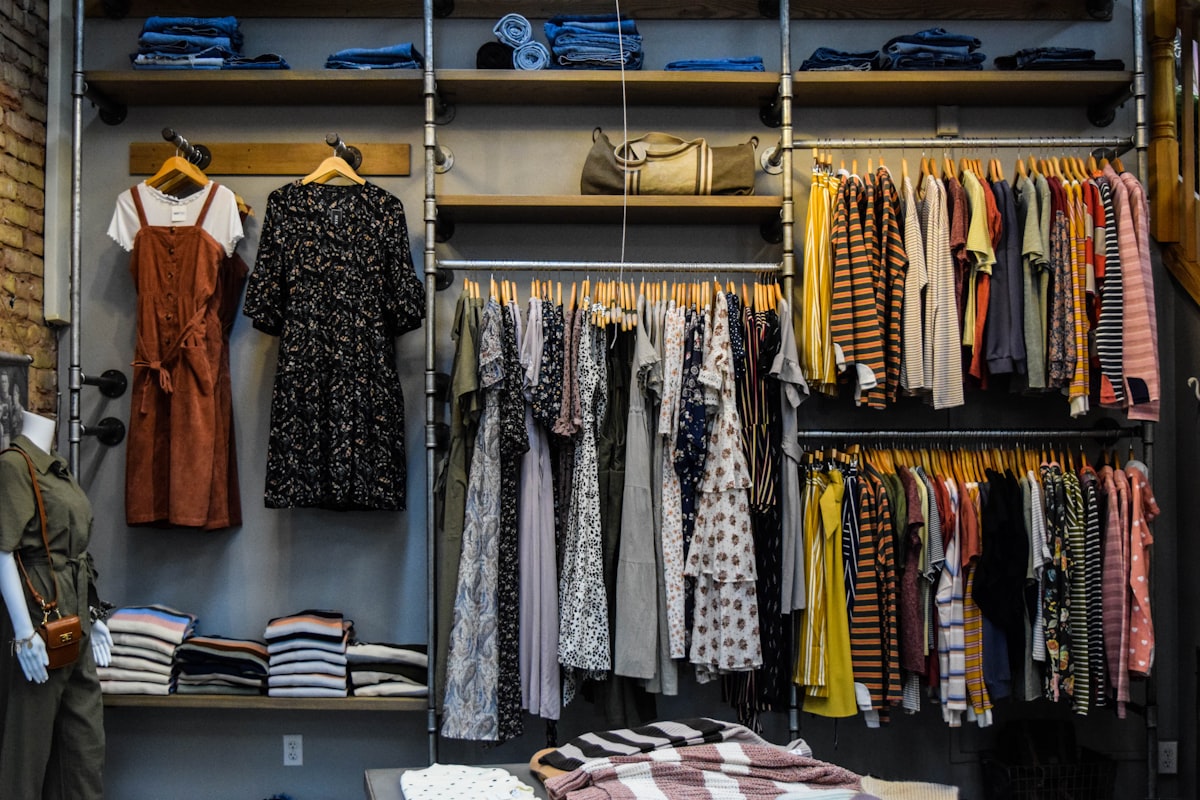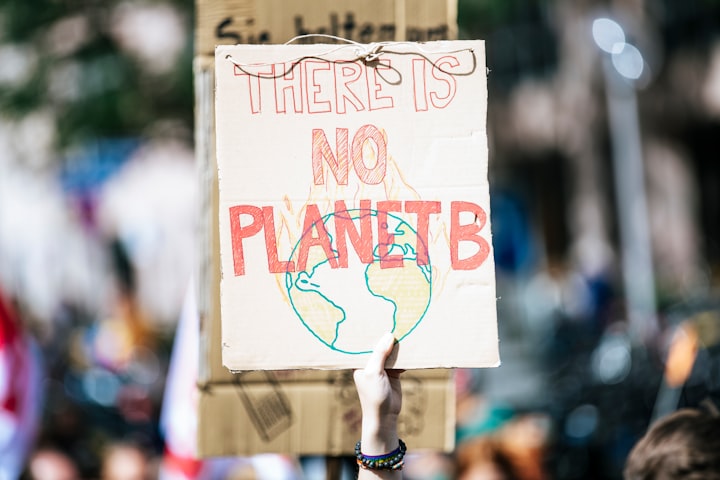Scope 3 Emissions in the Textiles and Apparel Sector: An Expert's Deep Dive into Supplier Dynamics Amidst the Fashion Sustainability Movement

The textiles and apparel sector, a cornerstone of global fashion and culture, is undergoing a profound transformation in the face of sustainability challenges. As the demand for fast fashion meets the imperatives of environmental conservation, the sector's Scope 3 emissions become a focal point. This article offers a nuanced exploration for sustainability mavens, delving into the complexities of fashion supply chains, the evolving preferences of eco-conscious consumers, and the regulatory tapestry that dictates sustainable fashion practices.
1. Dissecting the Scope 3 Conundrum in Textiles and Apparel:
The sector's Scope 3 emissions span a wide range:
- Raw Material Production: Emissions from the cultivation and processing of natural fibers like cotton, wool, and silk, as well as the production of synthetic fibers.
- Dyeing and Finishing: Emissions associated with the chemical processes of coloring and treating fabrics.
- Garment Manufacturing: Emissions from the cutting, sewing, and assembly of apparel.
- Distribution and Retail: Emissions from the transportation, packaging, and sale of fashion products.
2. Supplier Dynamics: Weaving a Sustainable Fabric:
The fashion supply chain is embracing sustainability:
- Sustainable Fibers: A shift towards organic, recycled, or bio-based fibers that have a lower environmental impact.
- Water Conservation: Techniques that reduce water usage in dyeing and finishing processes.
- Circular Fashion: Emphasis on designing garments for longevity, recyclability, and eventual repurposing.
3. The Changing Tapestry of Consumer Preferences:
Consumer trends are reshaping the fashion industry:
- Eco-Fashion Demand: A growing segment of consumers seeking ethically produced and environmentally friendly apparel.
- Transparency and Traceability: Consumers demanding clarity on the sustainability practices of fashion brands, from farm to wardrobe.
- Slow Fashion Movement: A trend towards buying fewer, high-quality garments and moving away from disposable fashion.
4. The Regulatory Fabric:
The sector is influenced by a myriad of regulations:
- Chemical Restrictions: Regulations limiting the use of harmful chemicals in textile production and garment manufacturing.
- Labor and Ethics: Mandates ensuring fair wages, safe working conditions, and ethical treatment of workers.
- Eco-Labeling: Standards and certifications that denote the environmental and ethical credentials of fashion products.
5. Tailoring the Future of Sustainable Fashion:
For visionary fashion stakeholders:
- Collaborative R&D: Joint initiatives focusing on sustainable fabric innovations, eco-friendly dyes, and waste-reducing designs.
- Stakeholder Dialogues: Engagements with artisans, NGOs, consumers, and other stakeholders to co-create the future of sustainable fashion.
- Industry Consortia: Alliances with other brands, suppliers, and innovators to collectively drive the sustainability agenda in fashion.
In Summation:
The textiles and apparel sector, while a beacon of creativity and self-expression, is at the forefront of the global sustainability movement. As it addresses its Scope 3 emissions, the sector is also pioneering solutions that promise a future of ethical and eco-friendly fashion. For sustainability experts, the fashion landscape offers a kaleidoscope of challenges and opportunities, a realm where artistry meets responsibility. With strategic vision, collaborative spirit, and a commitment to green innovation, the fashion sector can lead the sartorial world into a sustainable era.




Comments ()